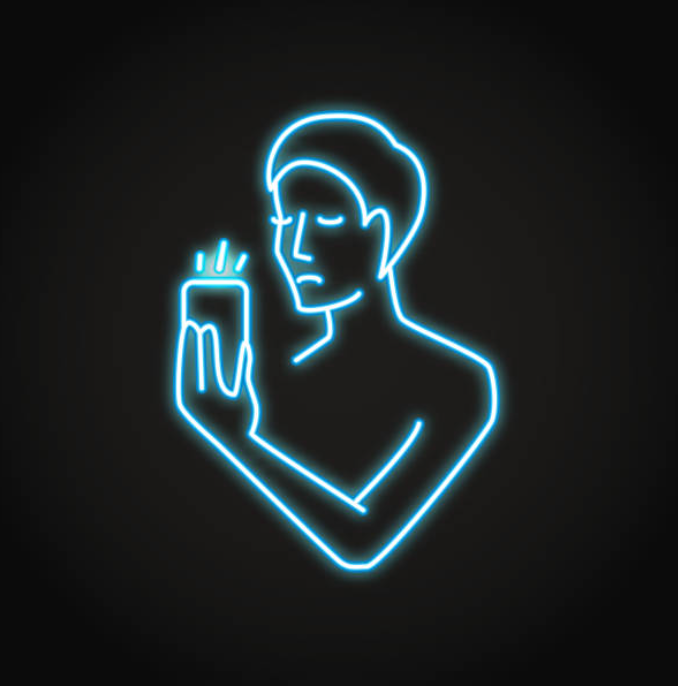Will the Real Doom Scroll Generation Stand Up?
- The Reds Report
- May 15, 2025
- 3 min read
By: Dr. Christopher Martin

In 2019, just before the COVID-19 pandemic, I was writing a dissertation while cooking for friends, just outside Chicago. It was one of those arrangements commonly made in the barter economy of our 20s (although we were in our 30s). There was a charm to it. However, underneath the allure was a dissertation committee that was awaiting a finished paper. This was time consuming and stressful stuff. Like many adults who endured the COVID-19 lockdown, I remember having a moment of reflection on life before the pandemic. It went something like: “Dear God, I didn’t realize how busy I had become. What was I doing? Why did I have so many obligations?” Although reflection has allowed me to feel gratitude for rest and to realize that there must be a better way, COVID-19 also made ample room for doom scrolling.
In 2020, The Los Angeles Times defined “doom scrolling” as “an excessive amount of screen time devoted to the absorption of dystopian news.” Since COVID-19 compromised our ability to fight or fly, perhaps this was our attempt to get all of the facts, stay in control, and even protect ourselves. But what did we give up in exchange? What took the place of our busyness? How can we leverage this post-lockdown moment to be an asset in the classroom?
Just this year, as I was doom scrolling late into the evening, my algorithm presented Dr. Martha Beck. Her first words were, “The story running in the brain is what actually causes continuous anxiety, even when there is no danger around.” Dr. Beck is a best-selling author, coach, and speaker, and just published Beyond Anxiety: Curiosity, Creativity, and Finding Your Life’s Purpose. Dr. Beck goes on to say, “Neurologically, the opposite of anxiety is creativity.” She explains that there are two parts of our brains that function as mirrors. When one is on, the other is off. As a result, when anxiety is toggled on, so to speak, creativity is shut down. However, if we choose to engage in creativity– the arts, writing a card, making a sandwich, rearranging our furniture, putting together an outfit –it will shut down anxiety.
As a first-year English teacher at RPCS, it has been good to witness so much attention to and support of the arts. I believe there is a reason why students are passionate about theatre, photography, music, dance, and studio art, and choose to complete the Arts Certificate of Distinction. Despite what Big Tech tells us, I believe students want opportunities to turn off their phones and interact in the analog world. In some measure, just like those of us who knew existence before the internet, our students want to experience that, too. No student wants to be sequestered to a digital life, to be fated to a siloed existence of code, mediated performances, and Angry Birds. I believe the arts, and sports, too, remain popular because they offer students a way to experience success in their non-digital lives. They are no longer cosplaying how to connect with another human. RPCS’s commitment to the arts provides not just an opportunity for analog success but a way, as Dr. Beck describes, to disrupt “the cycle of constant worry” and anxiety that too often accompanies life as a student.
I do not think that Dr. Beck is suggesting that infinitely rearranging our furniture is the solution to growing anxiety. Rather, instead of worrying about, whatever, and asking, “What should I do? What should I do?”, Dr. Beck suggests we ask, “What could I make right now?” She promises that as we begin to make stuff, our anxiety will flatten. In this respect, it is not difficult to conceptualize how creativity, anxiety, and human flourishing are interconnected.
Altogether, this research informs how harnessing creativity in the classroom, and encouraging it in our students’ lives, is directly linked to their wellbeing, especially if (when?) our collective doom scrolling continues.







Comments